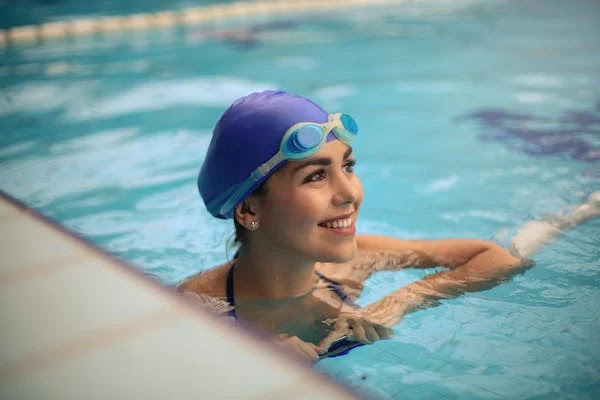Exercise can help you move more and have more libido. High libido will boost the desire to be "powerful" in bed during sex.
 |
| High libido will boost the desire to be "powerful" in bed during sex |
According to research in Medicine & Science in Sports & Exercise, frequent resistance training at higher intensities (such as marathon training) is strongly associated with lower libido scores in men. According to their findings, the researchers advise men who experience sex issues or infertility to enhance their desire by working out.
Five Sports to Boost Libido and Make Couples Spend More Time in Bed
1. Strengthening Exercises
 |
| Muscles are meant to be strengthened by strength training |
Muscles are meant to be strengthened by strength training, which can be done with tools or weights. Muscle strength training, according to experts, has a greater favorable effect on libido than aerobic workouts like running on a treadmill or riding a stationary bike.
This paradox might arise from the fact that strength training is more effective in reducing stress than aerobics.
2. Kegels
 |
| With the help of the pelvic floor muscles or Kegel exercises |
With the help of the pelvic floor muscles or Kegel exercises, men can also improve their desire. This activity is typically prescribed for those with digestive and urinary issues.
For the best orgasm in women, Kegel exercises help tighten the vaginal muscles. While Kegel exercises for males can lessen ejaculation.
3. Yoga
 |
| Practitioners of Ayurvedic yoga have long asserted that the discipline aids in the treatment of numerous sexual ailments |
Practitioners of Ayurvedic yoga have long asserted that the discipline aids in the treatment of numerous sexual ailments. Researchers published their findings in the Journal of Sexual Medicine and suggested yoga as a secure and reliable non-pharmacological (non-drug) treatment for premature ejaculation.
The magazine also discusses yoga's advantages, such as how it enhances all aspects of female sexual function, including arousal, lubrication, orgasm, satisfaction, and pain. Compared to younger women, this increase was far more pronounced in older women (those over 45).
4. Walk
 |
| Walking can lower the risk of erectile dysfunction in males by up to 41% |
Walking can lower the risk of erectile dysfunction in males by up to 41%, according to Harvard University research. Walking has been linked to a lower incidence of erectile dysfunction in middle-aged and obese men, according to separate studies.
5. Swimming
 |
| swimming for 30 minutes three times each week can help boost sex desire |
According to more studies from Harvard University, swimming for 30 minutes three times each week can help boost sex desire. Additionally, it has been demonstrated that swimming helps people lose weight, which enhances sexual performance.
How much exercise is required to boost libido each week has not been further studied. However, studies looking at male sexual function indicate that even 2 hours of strenuous activity, such swimming or running, can be beneficial. Alternately, 6 hours of light exercise or 3.5 hours of moderate activity may be beneficial.
Comments
Post a Comment